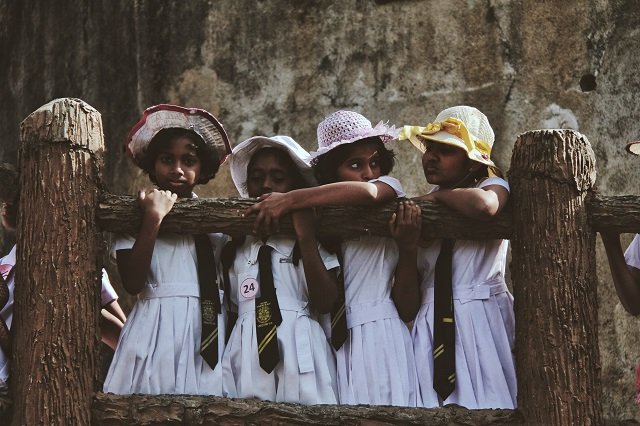Today, what stands between India and high prosperity index is the huge population, which still continues to increase at alarming level.
by N.S.Venkataraman
India’s population was around 350 million in 1947 when India attained independence from British rule. In independent India, in around seven decades, the national population has climbed to 1380 million. The population is continuing to increase and at this rate, it is expected that India’s population would touch 1500 million by 2040, when India would become the largest populated country in the world.. Apart from the high level of population by the year 2040, the density of population in India would also be the highest figure amongst the countries in the world. Is it something to be proud of?

While there is no doubt that India has advanced in several spheres substantially in the last seven decades, still around 20 % of the national population remain below poverty line, not knowing as to where the next meal would come from. All the agricultural, industrial and economic growth recorded in the last seven decades have not been adequate to meet the demand of the steadily expanding population.
If one were to compare scenario in India with that of United States of America, which is the acknowledged super power in the world,it can be seen that USA has three times larger area of territory and has one fourth of the population compared to India.
Given India’s natural resources , traditional knowledge base , rich heritage and intelligence level of the people, one can confidently say that India could emerge as one of the most prosperous countries in the world, if the Indian population level were to be half of the present population, which would still be around two times of the US population.
Today, what stands between India and high prosperity index is the huge population, which still continues to increase at alarming level.
When discussing about India’s economic status, the economists evaluate the economic growth on the basis of overall GDP growth. However, GDP growth should be analysed in a holistic manner by considering the GDP growth along with the population growth , duly considering the present high population base . Then ,it would become evident that GDP growth is nowhere near the need of the country , to push the income of every Indian to a sustainable level.
While a few decades back, there was much stress in government policies and programmes about curbing the growth of population, in recent years, the lack of national discussion and debate on the alarming level of population growth is conspicuous by absence.
If one would carefully analyse the various schemes and proactive measures initiated by Prime Minister Modi in the last six years, it can be seen that Modi government has rarely talked about the need to curb the population growth . While Prime Minister Modi may have spoken about the population issue occasionally, certainly it appears that he has not treated the population issue as a matter of priority. This is a matter of concern and will adversely tell upon India’s progress in the coming years.
While present population and density of population is at alarming level, it is true that there cannot be an immediate solution for this problem. However, with death rate falling due to improvement in medical technology and consequently life span of individuals increasing and birth rate not significantly falling, some urgent steps are needed to drastically curb the population growth. If such steps to reduce the population growth are not carried out, it means that valuable time is being lost and the virtual explosion of population would become inevitable in future.
Prime Minister Modi should immediately take following steps with highest level of urgency.
The first step is to impose ban on polygamy and enact law to punish the violators severely. Those indulging in polygamy should be prevented from contesting in elections at any level. Today, we see several politicians and businessmen and others having more than one wife and not even concealing it.
The second step should be to limit the number of children to maximum of two per family and parents with more than two children should face disincentive by being made ineligible for getting jobs in the government and public sector undertakings and ineligible for selective welfare schemes of the government at the state and central level.
The third step should be to provide incentive for family with one child by introducing some imaginative schemes.
A vigorous nation wide campaign must be launched similar to Swachh Bharat campaign to make the people realize the intensity and seriousness of the population problem, so that people would be persuaded to voluntarily limit the family size.
A separate minister at cabinet rank to exclusively implement the population control programme should be appointed by the central and all state governments and the minister should be lady with administrative and communication ability and should not be mere politician.
Yearly target should be set to achieve population de growth rate for the next ten years, with mechanism and computer model to assess the population de growth rate at every six month interval.
The above schemes should come into force with effect from 1st October, 2020 and whatever the rules and laws required must be enacted, if necessary by an ordinance.
Certainly, Prime Minister Modi should go ahead with the population control schemes with great sense of urgency and with the courage of conviction that he is now known for.














Post a Comment